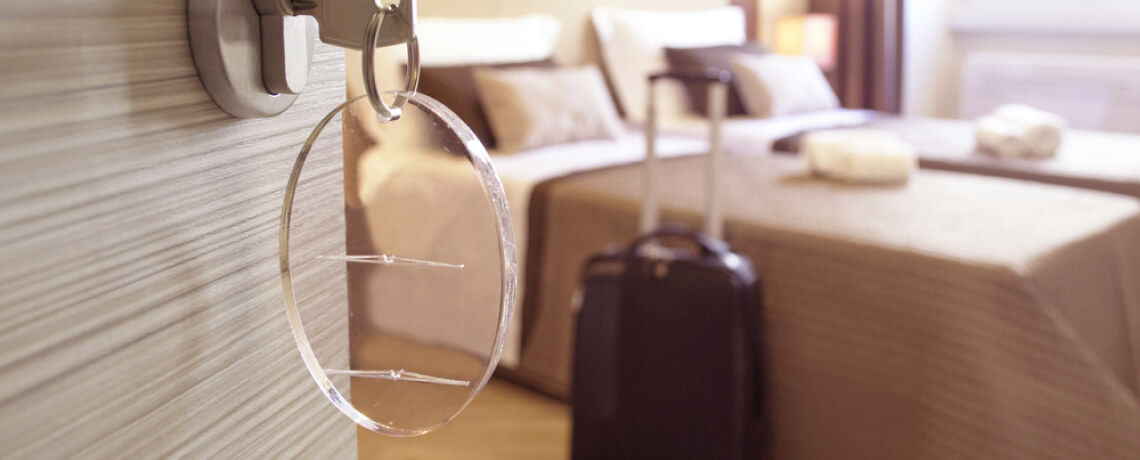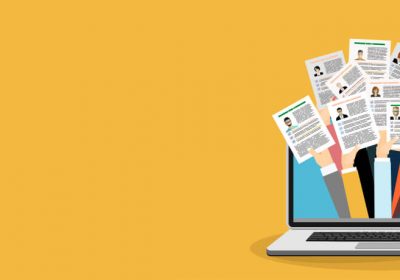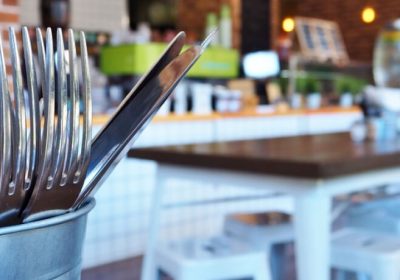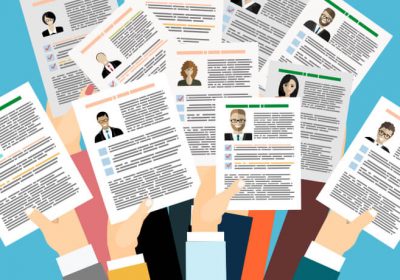
- Author: Nina Hendy
- Posted: November 2, 2020
Tourism: Where the bloody hell are we now?
By Nina Hendy
The once-bustling tourism sector was bought to a standstill due to border closures and grounded planes this year. How long the tough trading period lasts for is anyone’s guess.
Dave Baswal had just landed in his home state of Queensland when he spoke to CFO Magazine about what has been an immensely challenging year for the CFO of Ovolo Hotels.
“The airports are empty. It’s surreal,” he says.
The CFO of a chain of boutique lifestyle hotels was returning home from an interstate work trip when he agreed to share some reflections on the year that ripped his business away from him in the most brutal way.
When Covid hit, he abandoned the budgeting process and quickly realised he needed to be reactionary without looking too far into the future. He was locked in talks with banks and trying to ascertain investor appetite.
The key for tourism operators is to be nimble and agile, Baswal says. “We managed to get onto a defined path, work through assets and communicate with investors and banks in a very proactive way,” he says.
But he’s remained cool-headed, despite the challenges. “It’s a process at the end of the day, and you’ve got to work through what needs to be done. It’s outside of your control, so you’ve got to focus on what you can do,” Baswal says.
It was by no means easy. The award-winning tourism industry disrupter made a number of staff redundant and let go of a large team of casuals. JobKeeper has been a saviour for those staff he kept on board, he says. “We weren’t able to do business whatsoever, so it was a matter of working through redundancies.”
In a bid to stem financial losses, he rushed to apply for the government quarantine hotel program, but missed out. “It was a very rushed process and it wasn’t clear what the selection criteria was at the time. We’ve since learned that the government wanted bigger hotels for the program,” he says.
The economic toll
In 2019, tourism was a $152 billion industry and a key driver of Australia’s economy that employed around one in 19 Australians and accounted for 8.2 per cent of the country’s exports. In 2018/19, tourism directly employed 666,000 people and contributed to 3.1 per cent of Australia’s total GDP (worth $60.8 billion), according to the Department of Foreign Affairs and Trade (DFAT).
But the travel and tourism sector is one of the most heavily impacted sectors of the Covid-19 pandemic, with an anticipated 60 to 80 per cent decline in international tourism in 2020, the DFAT figures reveal.
CFO Liam Crawley of Wyndham Vacation Clubs Asia Pacific immediately turned his attention to conserving cash when Covid hit, minimising expenses and shoring up the balance sheet, planning for the right operational and cost structures ahead of reopening.
“Financially we are lean and have plans to conserve cash and resources for international properties. We need to be nimble and have planned for various scenarios so we can act quickly”
Liam Crawley, CFO | Wyndham Vacation Clubs Asia Pacific
His team is focused on ensuring that business partners are supported with analytics and resources to make and implement decisions quickly and make the best out of whatever situation he needs to navigate through. “I’m confident that if we can avoid more Covid waves and border closures, domestic tourism will strengthen, initially at least with drive to locations,” he says.
“We took the opportunity to bring forward all our annual deep cleans across all properties and where we could, brought forward refurbishment programs, so as borders reopen domestically, we are at full capacity and should have no rooms offline,” he says.
It’s hard to know what the path to recover will look like for Australia and New Zealand’s once thriving accommodation and tourism sector.
A hypotheses about what could happen mapped out by Deloitte published in June suggests that there are three potential scenarios about what could happen as tourism recovers. Of course, which path the industry takes to recover will depend entirely on our country’s ability to recover from the Covid-19 crisis.
It’s also hard to know whether millions of travellers are at home dreaming and planning for travel once restrictions are lifted will lead to a strong recovery is yet to be seen. Other unknowns include whether we will redirect spend on overseas travel to domestic pursuits or whether confidence in tourism will wane. “Even with restrictions lifting, demand for travel, like demand for other discretionary goods and services, is expected to mirror consumer confidence in the economy and health concerns,” the report reveals.
Conserving cash
The experience has taught Crawley that you can never be sure what is around the corner.
International travel will be subdued except for potential travel bubbles with New Zealand and some Pacific Islands, he says.
“Financially we are lean and have plans to conserve cash and resources for international properties. We need to be nimble and have planned for various scenarios so we can act quickly and are also taking the opportunity to be innovative and pilot some new ideas to see how they go,”
He did not elaborate on what those plans were, which is understandable given the stiff competition he faces in the tourism sector. “However, we are planning optimistically for domestic tourism to rebound as Australians will want to travel and how we can provide the best opportunity,” Crawley says.
Baswal reveals that the inside word among industry pundits suggests that the accommodation sector will start to recover in 2024, he believes it will be sooner than that. “I strongly believe that hospitality will change significantly and look very different. We’ve got to learn to live with Covid,” he says.








